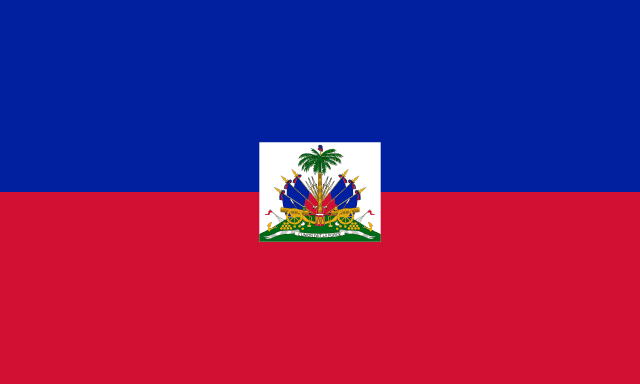Country Information
| Sovereign State | Yes |
| Country Codes | JM, JAM |
| Official Name | Jamaica |
| Continent | North America |
| Capital | Kingston |
| Government Type | Parliamentary Democracy under a Constitutional Monarchy |
| Currency | Jamaican Dollar (JMD) |
| Calling Code | +1 876 |
| Member Of | United Nations, Caribbean Community (CARICOM), Commonwealth of Nations |
| Population | Approximately 2.9 million (as of 2023) |
| Total Area | Approximately 10,991 square kilometers |
| Highest Point | Blue Mountain Peak (2,256 meters or 7,402 feet) |
| Lowest Point | Caribbean Sea (0 meters or 0 feet) |
| GDP Per Capita | Around $5,355 USD |
| Life Expectancy | Approximately 74 years |
| Internet TLD | .jm |
Jamaican National Anthem
Jamaica, Land We Love
Eternal Father bless our land,
Guard us with Thy mighty hand,
Keep us free from evil powers,
Be our light through countless hours.
To our leaders, great Defender,
Grant true wisdom from above.
Justice, truth be ours forever,
Jamaica, land we love.
Flags of Neighboring Countries


History of the Jamaican Flag
The flag of Jamaica is deeply rooted in the nation’s history and culture, representing the island’s national pride and identity. Adopted on August 6, 1962, the flag signifies Jamaica’s independence from the United Kingdom. The design consists of a gold saltire, which divides the flag into four sections: two green and two black.
The flag’s colors are rich in symbolism. The black reflects the strength and creativity of the people; the gold represents the natural wealth of the island and the beauty of the sunlight; and the green signifies hope and agricultural resources. The design is unique among national flags as it does not incorporate the colors of the political parties, avoiding potential political or partisan implications.
The flag’s inception can be traced back to the period leading up to Jamaica’s independence. A bipartisan committee was established to decide on the national symbols, including the flag. The original design included horizontal stripes, but it was revised to the current saltire pattern to avoid similarities with the Tanganyikan flag.
Since its adoption, the Jamaican flag has become a symbol of national pride and unity. It is displayed across the country and features prominently in a variety of contexts, from government buildings to sporting events. The flag’s design has remained unchanged since 1962, a testament to its enduring significance and the respect it commands among Jamaicans.
The Jamaican flag is also a symbol of the country’s cultural influence, especially in music, athletics, and cuisine, which have global recognition. As Jamaica continues to make its mark on the world stage, the flag stands as a reminder of the nation’s journey from a colonial past to an independent future, embodying the spirit of the Jamaican people and their aspirations for progress and prosperity.

